Ceramic membrane separation technology is an advanced membrane separation technology, which can be widely used in the separation of impurities and product purification in the fields of chemical industry, food, medicine, environmental protection and so on. However, in the process of using the ceramic membrane separation technology, pollution and clogging may occur, and the membrane permeation flux is gradually decreased, especially in the ceramic membrane during the sewage treatment process, and fouling may occur at any time. How to deal with the "stain" of ceramic membranes?
1. Filtration process
The filter-assising technology used in inorganic ceramic membranes is based on the principle of adding SiO2, TiO2, etc. to the system to change the hydrophilicity and electrical properties of the inorganic ceramic membrane.
For example, a foreign inorganic
ceramic membrane system
product will prepare a TiO2 sol by sol-gel on the surface of the ceramic membrane filter layer, and a nano-TiO2 photocatalytic material is coated on the ceramic membrane by the immersion pulling method, so that the surface of the ceramic membrane has "Self Clean" function. It slows down the accumulation and blockage of organic matter and other impurities on the surface of the membrane, greatly reducing the mass transfer resistance of water on the membrane surface. On the one hand, the membrane fouling is reduced, on the other hand, the strength of the ceramic membrane tube and the membrane filtration flux are increased, and the membrane flux stability is improved.
2. In-situ regeneration technology
a. Pulse electrical float technology. The principle is similar to the dissolved air flotation technique in conventional water treatment. The tiny bubbles absorb tiny oil droplets in the water to form a larger volume of flocs. The process of accelerating the floating has a certain flushing effect on the membrane surface, and the use of the aiding aid is more effective in controlling membrane fouling.
b. Backflushing process. At the same time as membrane filtration, intermittently (usually 5 minutes) pushes the filtered water back through the compressed air to flush the membrane tube to achieve in-situ cleaning regeneration of the contaminated membrane surface. Its action time is usually around one second. The application of the recoil process has a certain effect on the stability of the membrane flux.
c. Strengthen the pretreatment process, that is, the conventional flocculation process and the scale inhibition (clearing wax) process to control the water quality of the inorganic
ceramic membrane system into the water source.
Regardless of the form of process technology, membrane fouling is inevitable, but only to varying degrees. Therefore, we have carried out research on the treatment of contaminated membranes, looking for cleaning processes and cleaning agents that can effectively remove membrane fouling and maximize membrane flux recovery.
 Application Of Ceramic Membranes In Wine Industry And Its Application Prospects
01 Feb 2019
Application Of Ceramic Membranes In Wine Industry And Its Application Prospects
01 Feb 2019
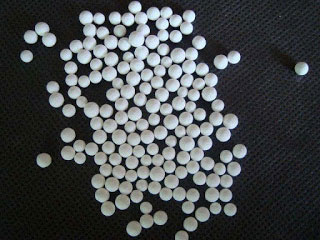 Ceramic Membrane For Traditional Chinese Medicine Production And Plant Extraction
05 Feb 2019
Ceramic Membrane For Traditional Chinese Medicine Production And Plant Extraction
05 Feb 2019
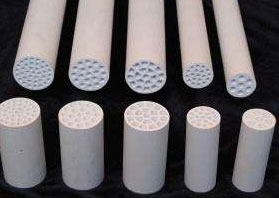 Application Of Ceramic Membrane Equipment In Transformer Oil And Gas Separation
12 Feb 2019
Application Of Ceramic Membrane Equipment In Transformer Oil And Gas Separation
12 Feb 2019
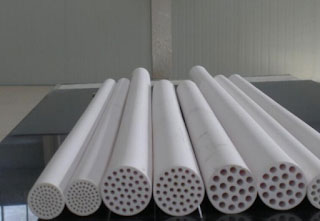 Ceramic Membranes Are Used In The Automotive Field Due To Their Good Performance
27 Jan 2019
Ceramic Membranes Are Used In The Automotive Field Due To Their Good Performance
27 Jan 2019


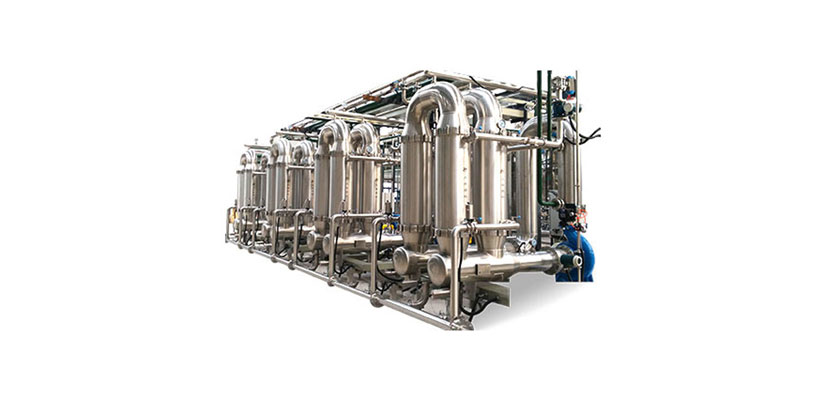
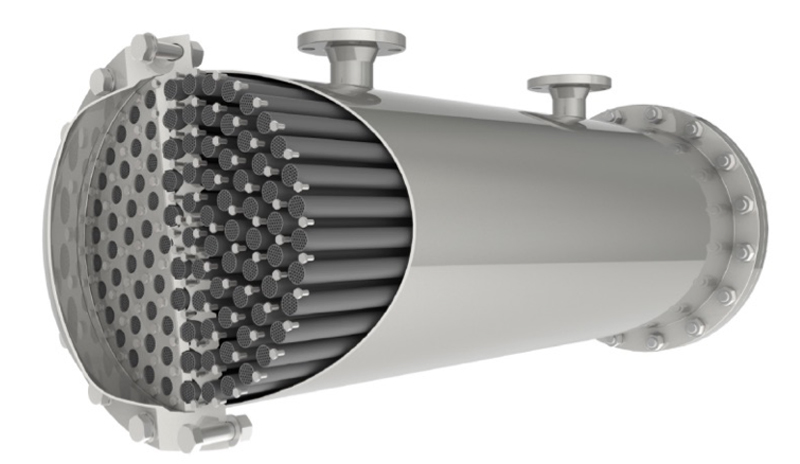
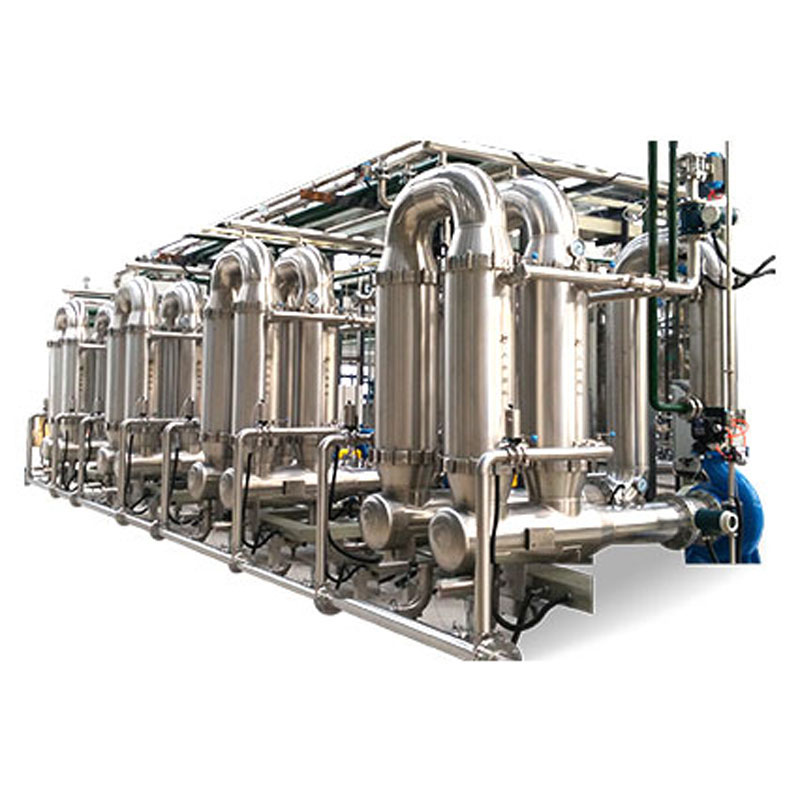
 +86-25-58849045
+86-25-58849045 
 No. 9 Yuansi Road, Pukou, Nanjing, Jiangsu, China 211808
No. 9 Yuansi Road, Pukou, Nanjing, Jiangsu, China 211808